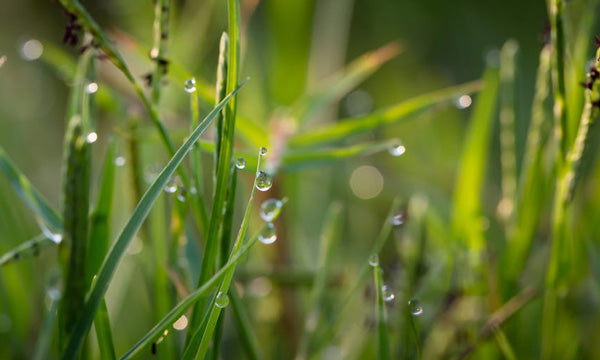Water is a precious resource that should be protected and conserved, so the last thing we want to do is wastefully water our gardens. With hot summer temperatures increasing, a common challenge for gardeners is knowing when and how much to water their plants in order to optimize economical water-use practices without sacrificing plant health. So, is there a way to create a lush garden without needless or exploitive watering?
Best time to water plants in hot weather
A great time to water your garden is in the early morning. Insufficient water or dry conditions may prevent plant stomata (i.e., the spaces between plant cell walls that take in carbon dioxide and emit water, etc.) from opening and, thus, inhibit photosynthesis and growth during daylight hours, so starting the day with sufficient water, will allow your garden to function optimally.
Watering plants at night is not recommended
Watering plants in the afternoon/early evening is also a great option as it allows plants to hydrate and prepare for the next day, while also leaving enough time for plant leaves to dry before nightfall; wet leaves tend to be more susceptible to disease, so it is best not to water during the night or dark hours.
How to water plants
Although it is incredibly important to avoid water deprivation, it is equally necessary to be mindful of overwatering. A soil, at first glance, may appear parched and in need of water, when it is, in actuality, well-hydrated below the topsoil. Because plants take up water via their root systems, it is always best to test below the surface of a soil (i.e., a general recommendation is 6 to 12 inches below) in order to determine if watering is necessary. After a soil test, if watering is deemed necessary, focus on hydrating the roots of the plant.
Plants will usually start to wilt as well when in need of water, so if the topsoil is dry, but your plants are not showing signs of wilting or drooping, they are probably sufficiently hydrated. It is also important to keep in mind that different species of plants have different moisture requirements as well (i.e., succulents such as Aloe Vera prefer drier soil, whereas other species of plants require consistently moist conditions).
What is mulch?
Mulch is any material, usually organic, that is used as a soil cover to help retain water, maintain cool temperatures and suppress weed growth. Common mulch materials are wood chips, gravel, sand, rocks, cocoa hulls, grass clippings, compost, chopped leaves, seaweed, fabric and stone. Planting ground-covering plants will also work as a living mulch, helping to nourish and maintain the health of a soil.
How to mulch?
When applying mulch, it is important to spread an even layer around your plants on the topsoil of your garden. Unless you are using an organic compost as mulch, you do not want to spread the mulch layer too thickly or dig it into the soil as too much mulch may impede nitrogen and nutrient uptake by plants (i.e., if you are using a material such as stone or wood chips, too much could prevent plant roots from accessing nutrient rich soil below the mulch). So, simply spread a thin layer of your chosen organic mulched material throughout your garden and let it work its magic!
Did you find this article helpful?
Find out the extreme high and low temperatures for your area with our hardiness zones article!


